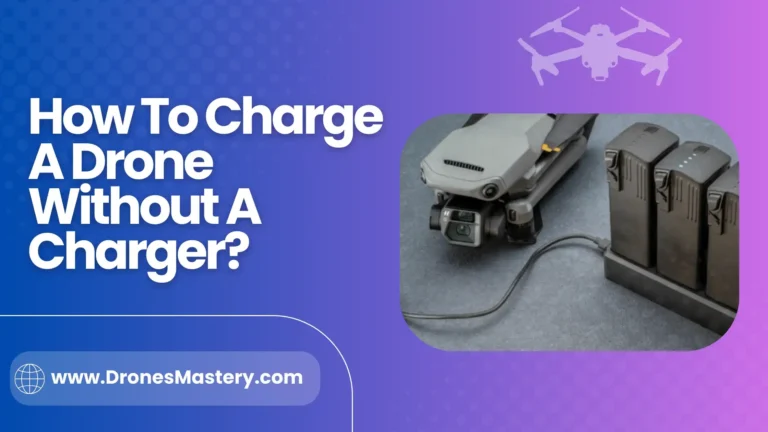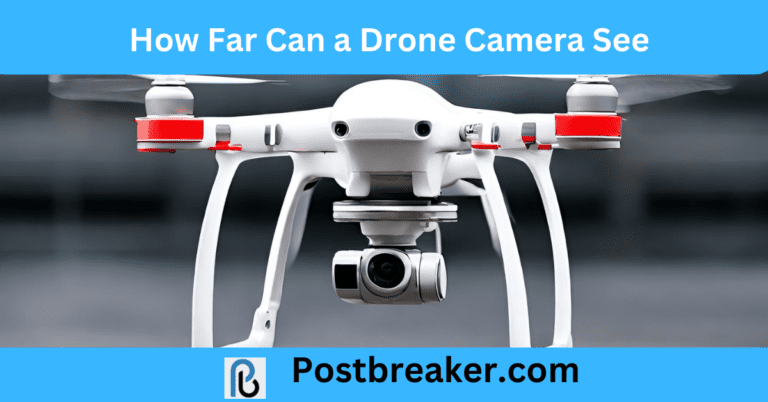What is level 6 wind resistance for drones-An In-depth Exploration for 2023
Unmanned Aerial Vehicles (UAVs), commonly referred to as drones, have taken the world by storm. With their application spanning numerous industries from agriculture and real estate to cinematography and defense, understanding the intricacies of their operation is pivotal. One such crucial aspect is wind resistance. As these devices hover and navigate through open skies, confronting gusts and gales, the level of wind resistance they offer determines their stability, safety, and overall efficiency. And that brings us to a frequently discussed topic in the drone community – what is Level 6 wind resistance for drones?
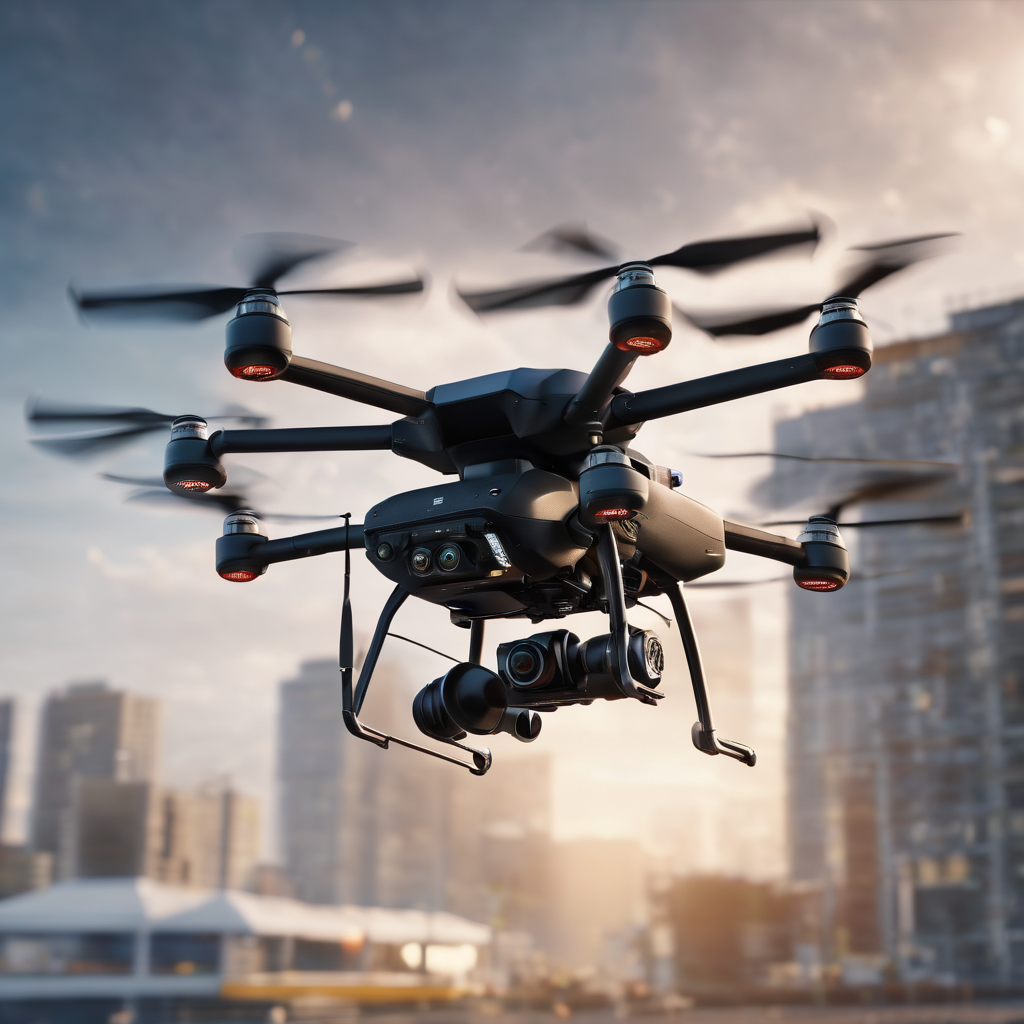
What-is-level-6-wind-resistance-for-drones?
Drones have revolutionized the way we perceive, interact with, and leverage the skies. But just like birds and airplanes, drones too must grapple with the forces of nature, with wind being a predominant challenge. Wind resistance in drones is not just about maintaining altitude or trajectory; it’s about ensuring safety, obtaining clear imagery, conserving battery life, and offering a predictable, reliable flight experience.
In recent years, as drone technology has advanced, manufacturers have introduced specific ‘levels’ to denote wind resistance. These levels help pilots and professionals gauge the capabilities of their drones under different wind conditions. Level 6 wind resistance, in particular, has become a focal point for many, given its blend of advanced capability without diving into extreme territory.
2. Breaking Down Drone Wind Resistance Levels
To fully appreciate the significance of Level 6 wind resistance, one must first grasp the concept of wind resistance levels as a whole. At its core, wind resistance is the drone’s ability to withstand and operate optimally in specific wind speeds. These speeds are often categorized into levels, much like the Beaufort Scale used in meteorology. The levels range from 1, indicating calm conditions suitable for most drones, progressing to higher numbers, which represent increasing wind speeds and, consequently, advanced drone capabilities.
These levels are not mere marketing jargon; they provide pilots with a practical understanding of when and where they can fly their drones. For instance, a drone with Level 2 wind resistance might be perfect for indoor shoots or calm days but could struggle in breezier conditions that a Level 4 or Level 5 drone might handle with ease.
3. Deep Dive: Level 6 Wind Resistance
When manufacturers designate a drone with a Level 6 wind resistance rating, it’s not a claim made lightly. Such drones are built with an arsenal of features designed to combat winds that may range anywhere between 20 to 25 mph. However, this doesn’t just signify that these drones can merely ‘survive’ these winds. Instead, it denotes stable flight, clear imagery, and efficient power consumption even in these conditions.
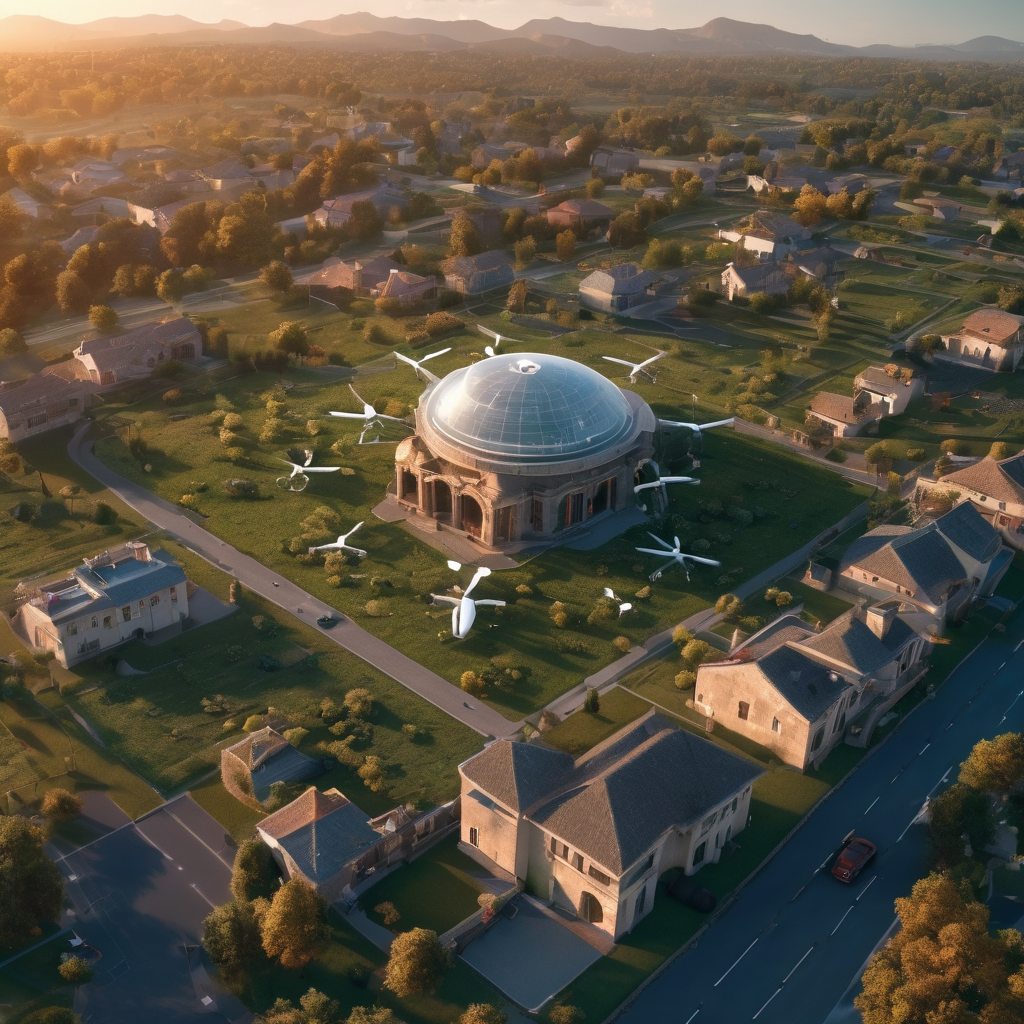
The primary challenge that arises in such conditions is the unpredictability. Winds at these speeds are not consistent; they gust, change direction and can be turbulent. A drone operating in these conditions must continuously adjust its position, pitch, yaw, and roll. These constant adjustments can be a significant drain on the battery. Therefore, Level 6 drones are often equipped with intelligent algorithms that optimize movement and rotor speeds to minimize unnecessary battery drain.
Images and Video Quality
Capturing crystal-clear imagery is a significant consideration, especially for drones used in professional photography or surveillance. Turbulence and gusts can introduce shake, rendering images and videos blurry. Level 6 drones often combat this with advanced gimbal technology. The gimbal stabilizes the camera, ensuring that despite the drone’s movements, the camera remains steady. This stability ensures that photos remain sharp and videos don’t suffer from the dreaded ‘jello’ effect.
Safety and Navigation
Safety is paramount. As drones venture into breezy terrains, the risk of collision or crashes increases. Thanks to advanced sensors and obstacle avoidance systems, Level 6 drones can intelligently navigate their environment. They can recognize obstacles, adjust their flight paths, and even return to their launch point if conditions become too challenging.
Moreover, advanced GPS and GLONASS systems ensure precise positioning. So, even amidst strong gusts, these drones can maintain their intended flight paths with remarkable accuracy.
Durability and Design
The physical design of the drone plays an essential role in its wind resistance capabilities. Drones designed for Level 6 resistance often sport aerodynamic shapes, reducing drag and ensuring smoother flight. Materials matter too. High-quality, lightweight composites often make up the drone’s frame, offering both strength and flexibility. Such construction ensures that the drone can take a few knocks and bumps, especially when landing in windy conditions, without suffering damage.
Drone Wind Resistance Levels Explained
| Wind Resistance Level | Wind Speed (mph) | Common Challenges | Best Suited For |
|---|---|---|---|
| Level 1 | 0-5 | Almost none | Indoor flying, Calm days |
| Level 2 | 5-10 | Mild gusts, slight battery drain | Beginner outdoor flying |
| Level 3 | 10-15 | Moderate gusts, noticeable battery drain | Open fields, no obstacles |
| Level 4 | 15-20 | Strong winds, potential stability issues | Experienced pilots |
| Level 6 | 20-25 | High battery usage, challenging conditions | Advanced operations |
| Level 7+ | 25+ | Extreme conditions, professional equipment only | Specialized missions |
Legend:
- Wind Speed (mph): Approximate wind speeds that drones in each resistance level can handle.
- Common Challenges: Typical issues faced when flying drones in the corresponding wind conditions.
- Best Suited For: The type of pilots or scenarios where these drones are best used.
Best Drones with Level 6 Wind Resistance in 2023
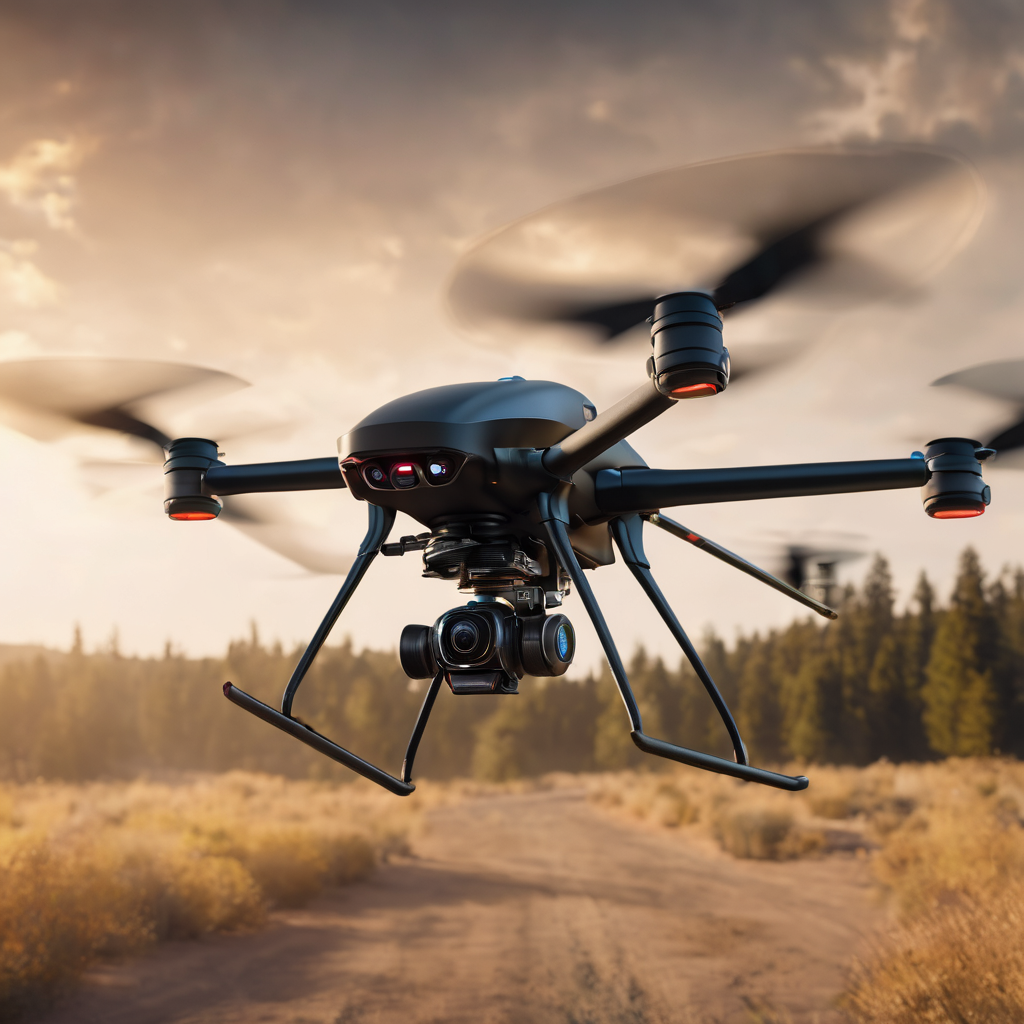
The drone market in 2023 has seen a slew of releases, each claiming superior features and capabilities. However, when it comes to drones that can withstand and flourish in Level 6 wind conditions, a few models stand out.
Holy Stone HS720E
A favorite among drone enthusiasts, the Holy Stone HS720E isn’t just about its sleek design. Equipped with an optimized GPS system and a 4K UHD camera with a stabilization gimbal, this drone delivers on its Level 6 wind resistance promise. Its brushless motors ensure minimal noise, while the smart “return home” feature activates during low battery or when the drone senses overly windy conditions.
Potensic Dreamer Pro
The Potensic Dreamer Pro combines power with efficiency. Its robust design can cut through breezy conditions, while the dual GPS system ensures pinpoint accuracy in positioning. The 3-axis gimbal offers stable footage, even when the drone is battling gusts. Moreover, the battery life, given the challenges of windy conditions, is commendable, offering up to 26 minutes of flight time.
Ruko F11 GIM2
Ruko’s offering in the wind-resistant category is nothing short of impressive. With a flight time of 28 minutes and a range of 1.2 km, it’s a powerhouse in windy terrains. The 4K UHD camera, combined with a 90° adjustable angle, captures pristine images, even in gusty conditions.
DJI Air 2S
No list of drones is complete without a mention of DJI. The Air 2S, a part of DJI’s renowned lineup, is tailor-made for challenging conditions. Its Obstacle Sensing in four directions ensures safety, while the MasterShots feature captures professional-quality shots, regardless of the wind levels. Its robust build and aerodynamic design make it a favorite for those flying in Level 6 wind conditions.
Autel EVO Lite
Autel’s EVO Lite is a testament to the brand’s commitment to quality and innovation. This drone is lightweight, yet its wind resistance is unparalleled in its category. The 50x digital zoom in its 6K camera ensures that it captures every detail, even from a distance, making it ideal for surveillance and professional photography.
Best Drones with Level 6 Wind Resistance in 2023 (Featured and performance in wind)

In the ever-evolving drone market, numerous models tout their wind resistance capabilities. However, a few stand out for their genuine prowess in Level 6 conditions. These drones not only promise performance but deliver it consistently.
1. Holy Stone HS720E Renowned for its ergonomic design, the Holy Stone HS720E is a marvel in wind resistance.
- Features: Equipped with a 4K UHD camera stabilized by a shock-absorption holder, it ensures sharp imagery even in breezy conditions. Its intelligent battery provides a substantial 26-minute flight time.
- Performance in Wind: The HS720E has demonstrated consistent stability and control in winds up to 22 mph, making it a reliable choice for outdoor enthusiasts.
2. Potensic Dreamer Pro The Dreamer Pro, Potensic’s flagship model, combines power with finesse.
- Features: Boasting a 4K camera with a 110° FOV, it captures expansive landscapes with ease. Its dual GPS system ensures accurate positioning, even when buffeted by winds.
- Performance in Wind: With its robust construction, Dreamer Pro maintains its course effortlessly in winds reaching 24 mph.
3. Ruko F11 GIM2 Ruko’s foray into the high wind resistance market has been marked by the success of the F11 GIM2.
- Features: Beyond its 4K camera with a 2-axis gimbal, it offers 28 minutes of flight time and a range of smart flight modes.
- Performance in Wind: Demonstrating agility and stability, the F11 GIM2 has been tested successfully in wind conditions of up to 23 mph.
4. Parrot Anafi A staple in the drone community, the Parrot Anafi is as elegant as it is efficient.
- Features: Its 180° tilt gimbal allows unique shooting perspectives, and the 4K HDR camera ensures vibrant imagery.
- Performance in Wind: Lightweight yet sturdy, the Anafi remains unyielding in winds up to 25 mph, showcasing its true Level 6 capabilities.
5. DJI Air 2S DJI, a behemoth in the drone world, offers the Air 2S as a testament to wind-resistant innovation.
- Features: With features like 5.4K video, obstacle sensors on all sides, and a compact design, it’s a favorite among professionals.
- Performance in Wind: The Air 2S, with its advanced aerodynamics, can hover and navigate with precision in winds touching 24 mph.

Enhanced Motor Power and Propulsion
For a drone to assert its dominance against formidable winds, it’s not just about intelligent software or aerodynamic design; it’s equally about raw power. Drones rated at Level 6 wind resistance often come equipped with enhanced motors. These motors deliver exceptional thrust, allowing the drone to maintain its position or navigate efficiently against gusts. The propellers, too, are crafted for optimal performance. Their design, length, and pitch play an essential role in ensuring that the drone can produce sufficient lift and directional control, even in challenging conditions.
Software and Automation
Modern drones are not merely hardware; they’re a blend of physical components and sophisticated software. Level 6 drones are often equipped with adaptive algorithms. When the drone senses stronger winds, these algorithms kick in, adjusting flight parameters in real-time. This ensures that the drone doesn’t just fight against the wind but learns to use it to its advantage, optimizing flight paths and conserving battery life.
Consumer vs. Professional Use
Level 6 wind resistance is a feature that’s becoming increasingly common in consumer drones. For the hobbyist, this means greater flexibility in flying locations and conditions. No longer restricted to calm days, drone enthusiasts can now capture that perfect sunset even if it’s a bit breezy.
For professionals, especially those in cinematography, agriculture, or surveying, a Level 6 drone means less downtime. They can execute projects with tighter timelines, knowing that a windy forecast won’t necessarily mean a grounded drone.

The Real-world Implications of Flying in Level 6 Winds
For the average drone pilot, understanding wind resistance levels might seem overly technical. However, in practical terms, it can be the difference between a successful flight and a potential crash. Flying a drone in strong winds without understanding its capabilities can lead to:
- Loss of control: The drone may get swept away, becoming increasingly difficult to navigate back.
- Potential crashes: Without adequate wind resistance, drones can be pushed into obstacles or even plummet to the ground.
- Reduced Flight Time: Battling the wind requires energy. Drones in strong winds can consume battery at a much faster rate, reducing the available flight time significantly.
- Poor Quality Imagery: For those using drones for photography or videography, windy conditions without adequate wind resistance can result in shaky or blurred outputs.
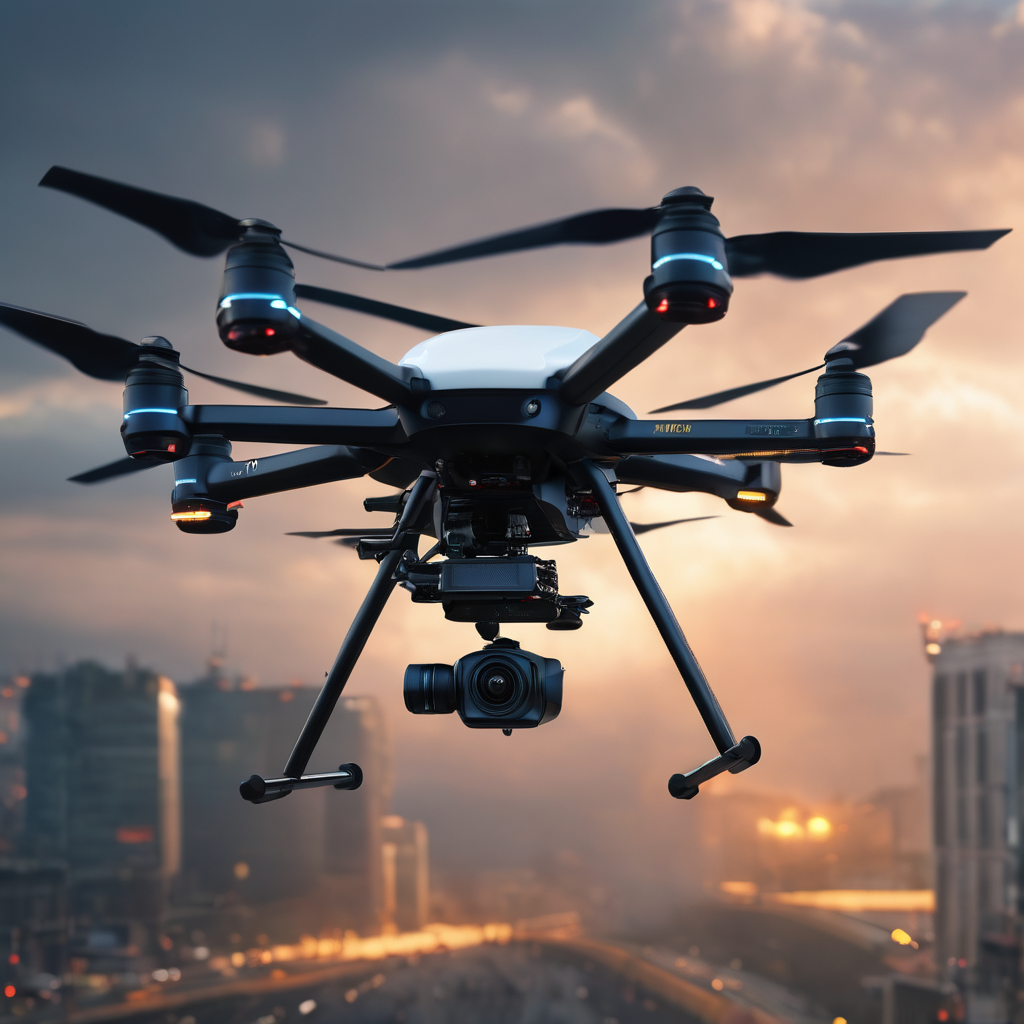
Practical Tips: Operating Drones in Level 6 Wind Conditions
Flying a drone in high winds requires more than just relying on the device’s specifications. Here are some invaluable tips to ensure safe and efficient flights:
Check the Forecast: Before flying, always consult a reliable weather app or website to gauge the expected wind speeds. This helps in preparing for potential challenges.
Choose Your Location Wisely: Flying in open fields exposes drones to unobstructed winds. If possible, start in areas with natural windbreaks like trees or buildings.
Maintain Line of Sight: It’s easy for drones to get swept away in high winds. Always keep your drone within visual range to monitor and adjust its movement accurately.
Practice: Familiarize yourself with your drone’s response to winds by practicing in controlled conditions. Understand its limits and learn to recognize signs of distress.
Use Assisted Modes: Modern drones come equipped with multiple flight modes. In windy conditions, use modes that assist in stability, like hover mode or GPS-assist.
Future Developments in Wind Resistance Technology for Drones
The drone industry is ceaselessly evolving, with manufacturers pushing the boundaries of what these aerial devices can achieve. Wind resistance, being a significant factor in drone operability, is a prime area of innovation.
Adaptive Aerodynamics: One of the pioneering research areas is the development of drones with adaptive aerodynamics. Drawing inspiration from birds that adjust their wing shapes in real-time according to wind conditions, future drones might feature morphing wings or bodies that adjust dynamically to gusts and breezes.
Energy-efficient Algorithms: As computational capabilities improve, future drones will likely have even smarter algorithms that not only adjust for wind conditions but also ensure optimal energy consumption. This would mean drones can stay airborne longer, even in challenging conditions.
Enhanced Sensory Systems: Tomorrow’s drones might be equipped with more advanced sensors, capable of predicting wind gusts before they hit. Such predictive systems could revolutionize how drones navigate, making them even more stable and reliable.
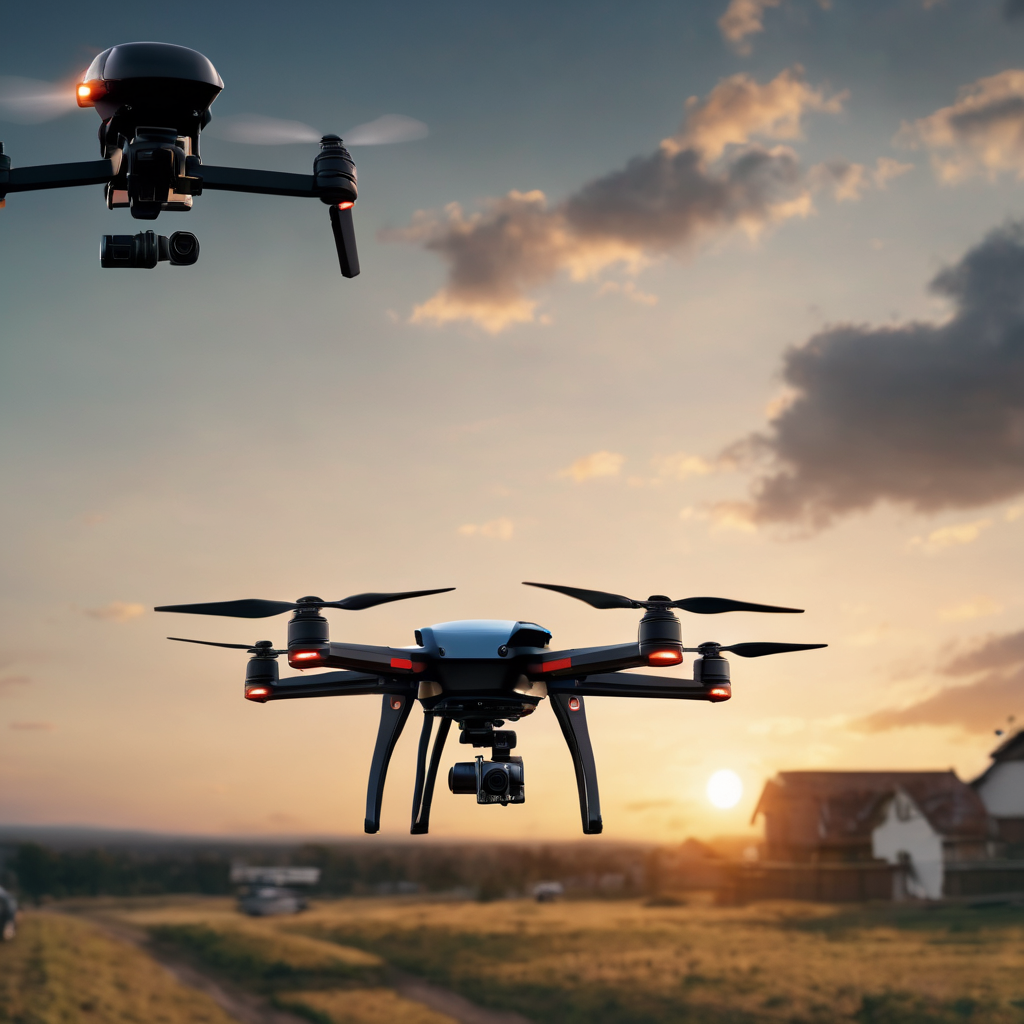
How to Find Wind Speed Before Flying?
Knowing the wind conditions before a flight is crucial. Here’s how you can gauge wind speeds:
Weather Apps and Websites: Modern weather apps like AccuWeather or the Weather Channel provide real-time wind speed data. Before setting out, check the hourly forecast to anticipate the conditions you’ll be flying in.
Portable Anemometers: A more direct approach is to use a portable anemometer, a device that measures wind speed. These gadgets are affordable and can give drone pilots on-the-spot readings, ensuring they know precisely what they’re up against.
Visual Cues: In the absence of tech, nature offers clues. Observing the movement of tree branches, flags, or even feeling the wind can provide a rudimentary understanding of wind conditions. However, this method is less precise than the previous two.
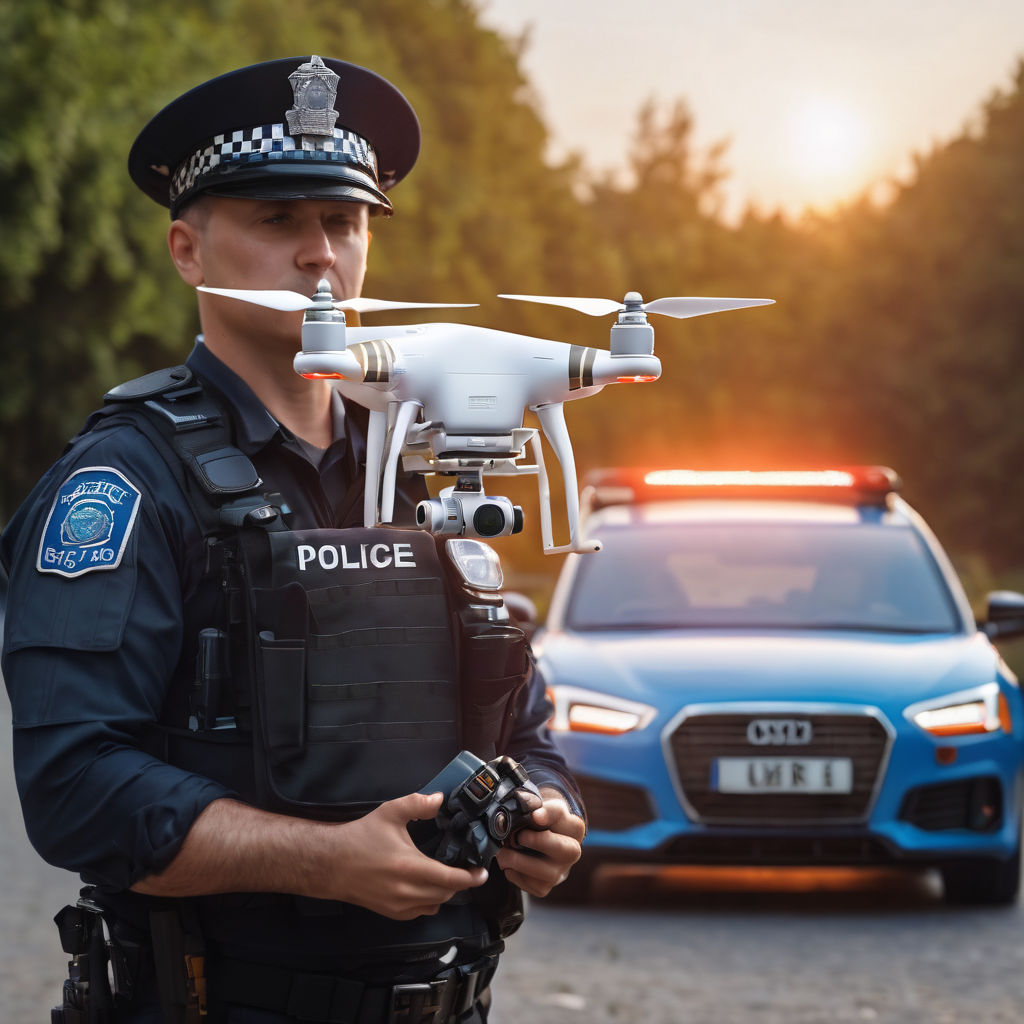
The Real-world Challenges of Flying in Level 6 Winds
Flying in Level 6 wind conditions presents real-world challenges that every drone pilot should be aware of:
Decreased Battery Life: Battling strong winds requires more power, leading to quicker battery drainage. Pilots should always monitor battery levels and ensure they have ample power to return the drone safely.
Safety Risks: High winds can push drones into obstacles or cause them to lose altitude suddenly. Always scout the area for potential hazards before flying and be prepared for sudden maneuvers.
Potential for Equipment Damage: Apart from the risk of crashes, high winds can also introduce debris like sand or dust, which can damage the drone’s sensitive equipment, especially the camera.
FAQ: Commonly Asked Questions about Drones and Wind Resistance
Q: What does Level 6 wind resistance actually mean for drones?
A: In the realm of drones, a Level 6 wind resistance typically signifies the drone’s capability to operate efficiently and safely in wind speeds ranging from 20 to 25 mph. It denotes that the drone can maintain stable flight, capture clear imagery, and ensure predictable performance even when exposed to such wind conditions.
Q: How do drones measure up to other levels of wind resistance?
A: Drones come with various wind resistance levels, starting from Level 1, suitable for calm conditions, moving upwards. As the levels increase, so does the drone’s capability to handle stronger winds. Level 6 offers a balance between advanced capability and consumer accessibility. Levels beyond 6 are usually found in specialized or commercial drones designed for extreme conditions.
Q: Are there drones that can recharge or restore battery life in windy conditions?
A: While the primary battery drainage occurs due to the drone’s efforts to combat wind, no drones can recharge solely because of the wind. However, advancements in battery technology and energy-efficient algorithms are leading to drones that can optimize power usage in windy conditions.
Q: How do drones maintain image and video quality in Level 6 winds?
A: Drones designed for Level 6 wind resistance usually come equipped with advanced stabilization systems, often in the form of gimbals. These systems ensure that the camera remains steady even when the drone is buffeted by winds, thus ensuring clear and stable imagery.
Read more – How long can a police drone stay in the air
Conclusion
Drones have etched a significant place in both hobbyist and professional realms. As technology advances, so does the demand for drones to operate in varied conditions, with wind being a predominant challenge. Understanding wind resistance levels, especially the sought-after Level 6, equips users with knowledge, ensuring safe, efficient, and optimal flights. As the drone industry continues its upward trajectory, one can only anticipate even more robust features, better wind resistance levels, and drones that redefine our understanding of aerial capabilities.





